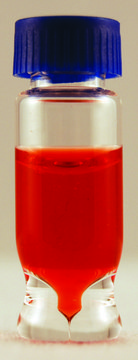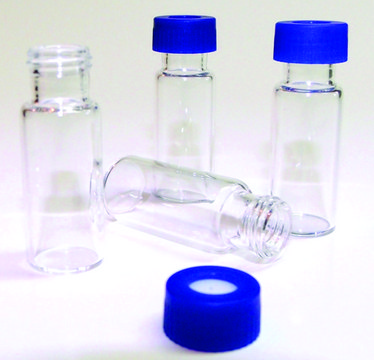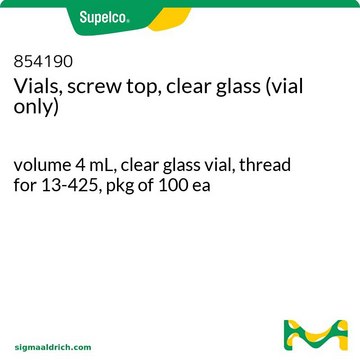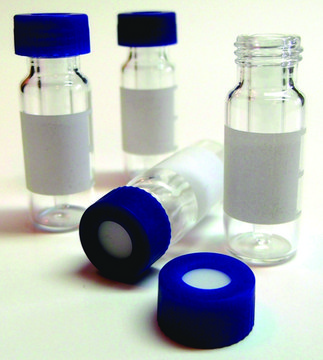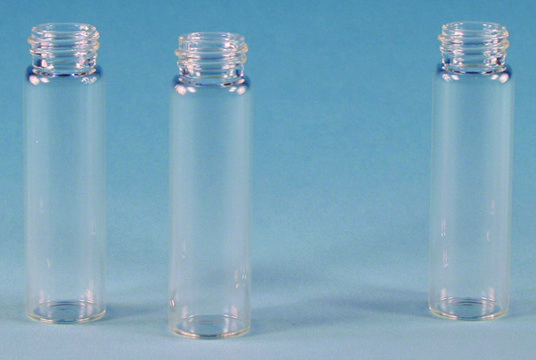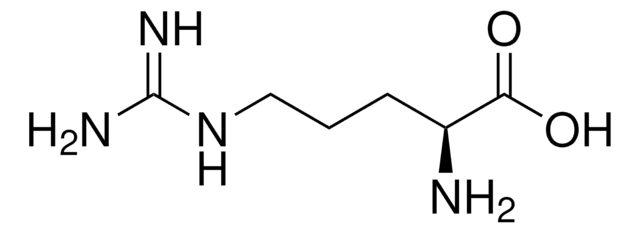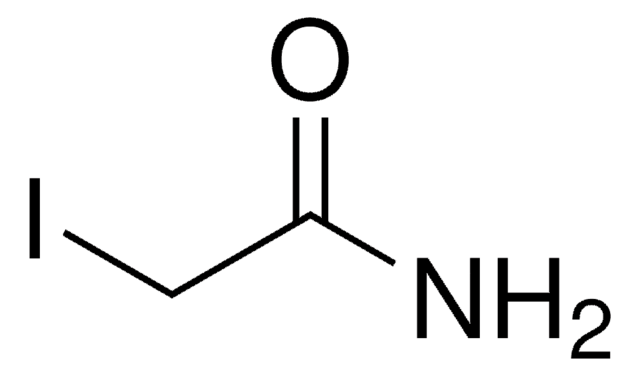C7354
Anti-Calbindin-D-28K (KD-15) antibody produced in rabbit

affinity isolated antibody, buffered aqueous solution
Synonym(s):
Anti-CALB, Anti-D-28K
Sign Into View Organizational & Contract Pricing
About This Item
Pricing and availability is not currently available.
Recommended Products
biological source
rabbit
Quality Level
conjugate
unconjugated
antibody form
affinity isolated antibody
antibody product type
primary antibodies
clone
polyclonal
form
buffered aqueous solution
mol wt
antigen 28 kDa
species reactivity
rat, chicken, human
enhanced validation
independent
Learn more about Antibody Enhanced Validation
General description
Calbindin-D-28K (also termed vitamin D-dependent calcium-binding protein, or cholecalcin), is a highly conserved 28 kDa calcium binding protein, with broad tissue distribution. Itbelongs , to a family of low molecular weight calcium-binding proteins (CaBPs). Calbindin-D-28K is found predominantly in subpopulations of central and peripheral nervous system neurons, and in certain epithelial cells.
Immunogen
synthetic peptide corresponding to the C-terminal region of rat calbindin-D-28K (amino acids 185-199). This sequence is identical in the corresponding human, mouse and bovine calbindin-D-28K sequences and is highly conserved (single amino acid substitution) in chicken and frog calbindin-D-28K.
Application
Biochem/physiol Actions
Calbindin 1 (CALB) is a calcium-binding protein. The protein may play a role in development of Purkinje cells found in heterotopias and cerebellar dysgenesias. It also acts as a very important component of intracellular homeostasis in cerebellar neurons. The progressive decrease of calbindin content in the Purkinje cells undergoes degeneration and death during paraneoplastic changes in the cerebellum. Calbindin effects on Parkinson′s disease (PD) risk displays population specificity.
Calbindin-D-28K is an important neuroanatomical marker. Despite its broad tissue distribution, it exhibits a cell-type-specific expression pattern. It has been immunocytochemically localized in selected cells in hippocampus, where it is thought to buffer intracellular calcium, or transport intramembranous calcium.
Physical form
Solution in 0.01 M phosphate buffered saline, pH 7.4, containing 1% bovine serum albumin and 15 mM sodium azide.
Analysis Note
Enzymatic predigestion of formalin-fixed, paraffin-embedded sections by proteolytic enzymes (e.g., 0.1% trypsin or protease, 10 min. at RT or 37 °C) improves immunohistochemical staining.
Disclaimer
Unless otherwise stated in our catalog or other company documentation accompanying the product(s), our products are intended for research use only and are not to be used for any other purpose, which includes but is not limited to, unauthorized commercial uses, in vitro diagnostic uses, ex vivo or in vivo therapeutic uses or any type of consumption or application to humans or animals.
Not finding the right product?
Try our Product Selector Tool.
Choose from one of the most recent versions:
Already Own This Product?
Find documentation for the products that you have recently purchased in the Document Library.
Customers Also Viewed
Toshihiro Sakurai et al.
The Journal of pharmacology and experimental therapeutics, 356(2), 341-353 (2015-11-18)
Apolipoprotein C-II (apoC-II) is a cofactor for lipoprotein lipase, a plasma enzyme that hydrolyzes triglycerides (TGs). ApoC-II deficiency in humans results in hypertriglyceridemia. We used zinc finger nucleases to create Apoc2 mutant mice to investigate the use of C-II-a, a
Scott M Gordon et al.
Journal of proteome research, 9(10), 5239-5249 (2010-08-20)
Plasma levels of high density lipoprotein cholesterol (HDL-C) are inversely proportional to the incidence of cardiovascular disease. Recent applications of modern proteomic technologies have identified upward of 50 distinct proteins associated with HDL particles with many of these newly discovered
John P Zhang et al.
Biotechnology progress, 21(4), 1220-1225 (2005-08-06)
A synthetic adsorbent of crystalline calcium silicate hydrate, the product LRA by Advanced Minerals Corp., has been studied for endotoxin removal from aqueous solutions. This adsorbent removes endotoxin effectively, and the removal is greatly enhanced by the presence of an
Stephen W C Chung et al.
Journal of chromatography. A, 1218(33), 5555-5567 (2011-07-12)
Organochlorine pesticide (OCP) residues in foods have been of concern for several decades. However, the analysis of some of the OCPs and their metabolites or derivatives, such as endrin aldehyde, endrin ketone, nonachlor, etc. in fatty foods (including foods of
Karol Kaiser et al.
Nature communications, 10(1), 1498-1498 (2019-04-04)
WNTs are lipid-modified proteins that control multiple functions in development and disease via short- and long-range signaling. However, it is unclear how these hydrophobic molecules spread over long distances in the mammalian brain. Here we show that WNT5A is produced
Our team of scientists has experience in all areas of research including Life Science, Material Science, Chemical Synthesis, Chromatography, Analytical and many others.
Contact Technical Service